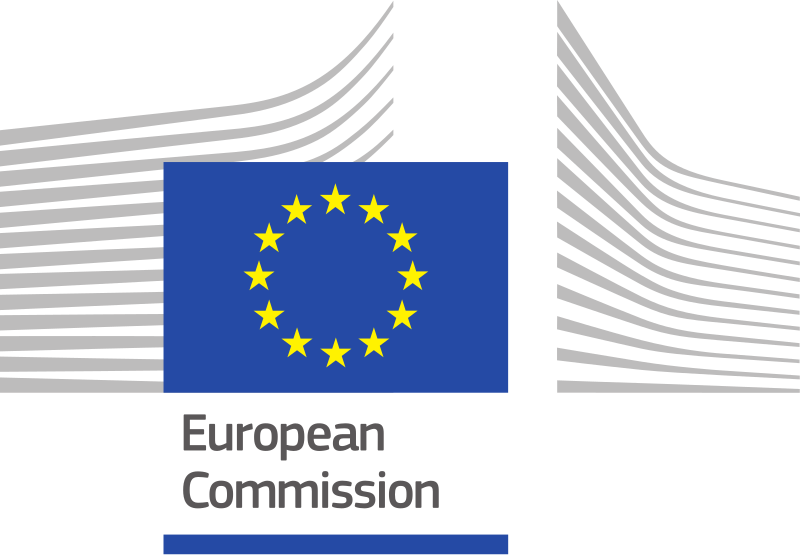BAKU, Azerbaijan, November 13. The EU will continue to provide support for the development of the Trans-Caspian International Transport Route - the Middle Corridor, an EU spokesperson told Trend.
"In January 2024, the EU hosted the Global Gateway Investors Forum for EU-Central Asia Transport Connectivity, which gathered around 600 government and private sector representatives from Central Asia, EU Member States, and other countries along the Corridor," said the spokesperson. The forum also included International Financial Institutions and a diverse range of global partners. A key outcome was the June 2024 launch of a Coordination Platform for the Trans-Caspian Transport Corridor, established in Astana and at the ministerial level in Turkmenistan on October 3.
Chaired by the EU, the platform "brings together relevant Ministries in the countries along the corridor, as well as International Financing Institutions and other key stakeholders," with the goal of "monitoring progress, facilitating investments, and enhancing cooperation," the EU spokesperson explained.
The EU’s commitment includes an investment of 10 billion euros in sustainable transport connectivity in Central Asia, an effort strengthened by various European and international partners, according to the spokesperson. "As part of this investment, the EU will support the Trans-Caspian Transport Corridor through thematic regional programs on transport, prosperity, and securing connectivity in Central Asia," totaling 75.4 million euros.
In addition, the EU will back infrastructure investments through blending and loan guarantees under the European Fund for Sustainable Development Plus.
The Middle Corridor is a trade and transportation route linking Asia and Europe, passing through a number of regional countries as an alternative to the traditional Northern and Southern Corridors.
Beginning in China, the route crosses Central Asian countries like Kazakhstan, Uzbekistan, and Turkmenistan, then traverses the Caspian Sea, Azerbaijan, Georgia, and Türkiye before reaching Europe. Offering a direct land route, the Middle Corridor connects East Asia, including China, to Europe, providing a faster alternative to longer maritime paths.







